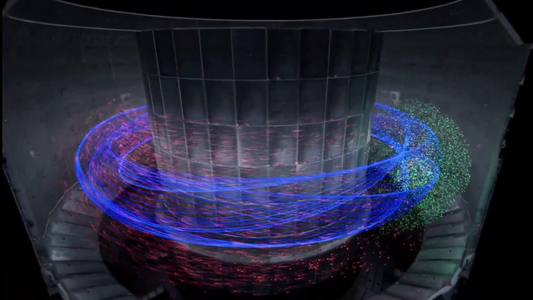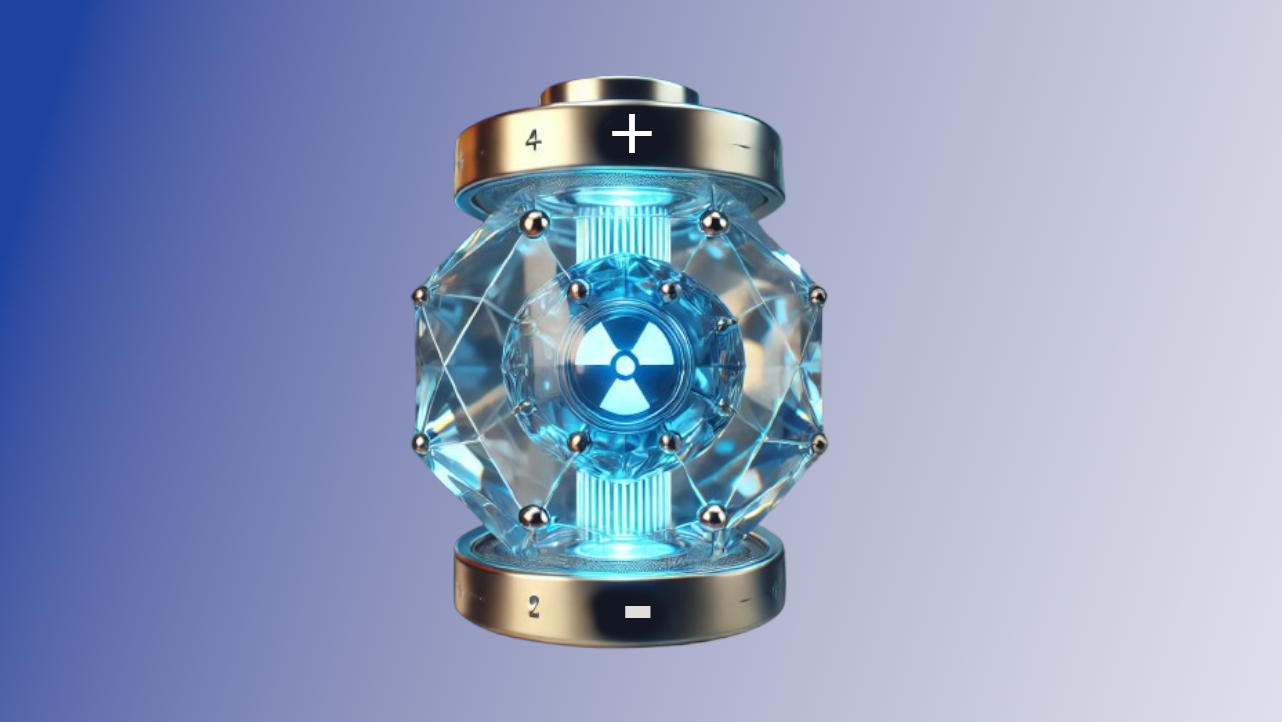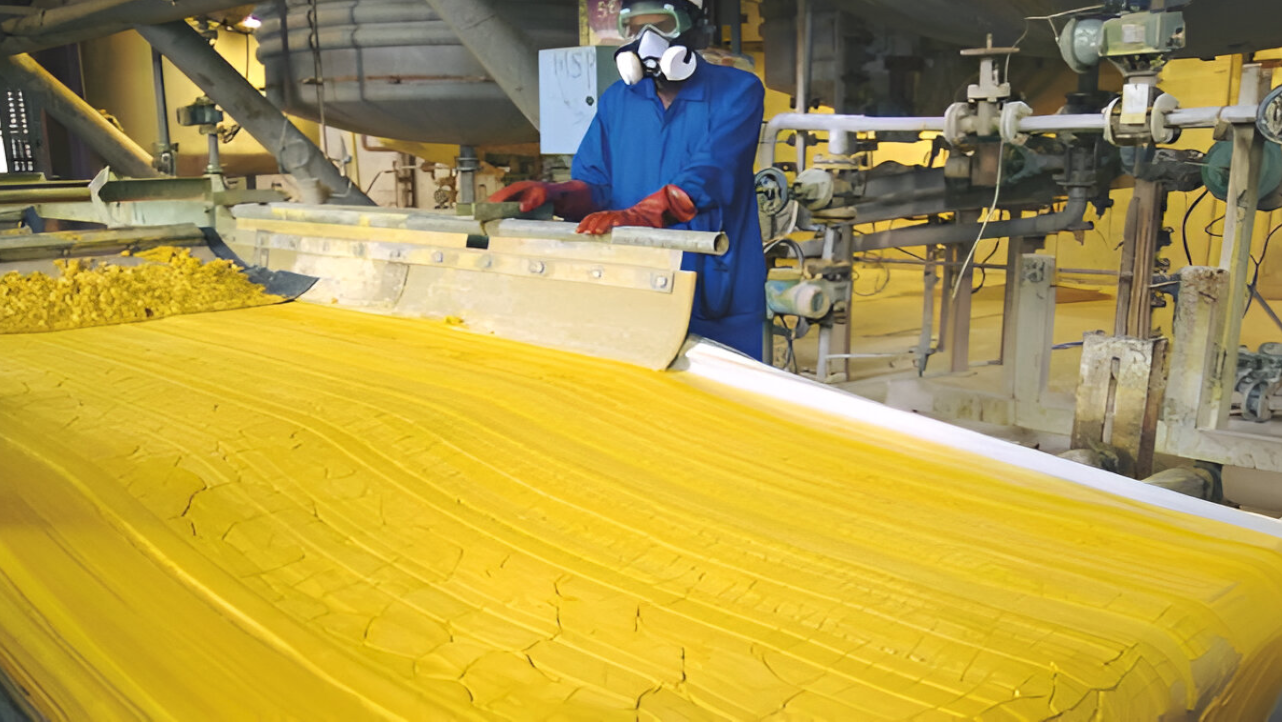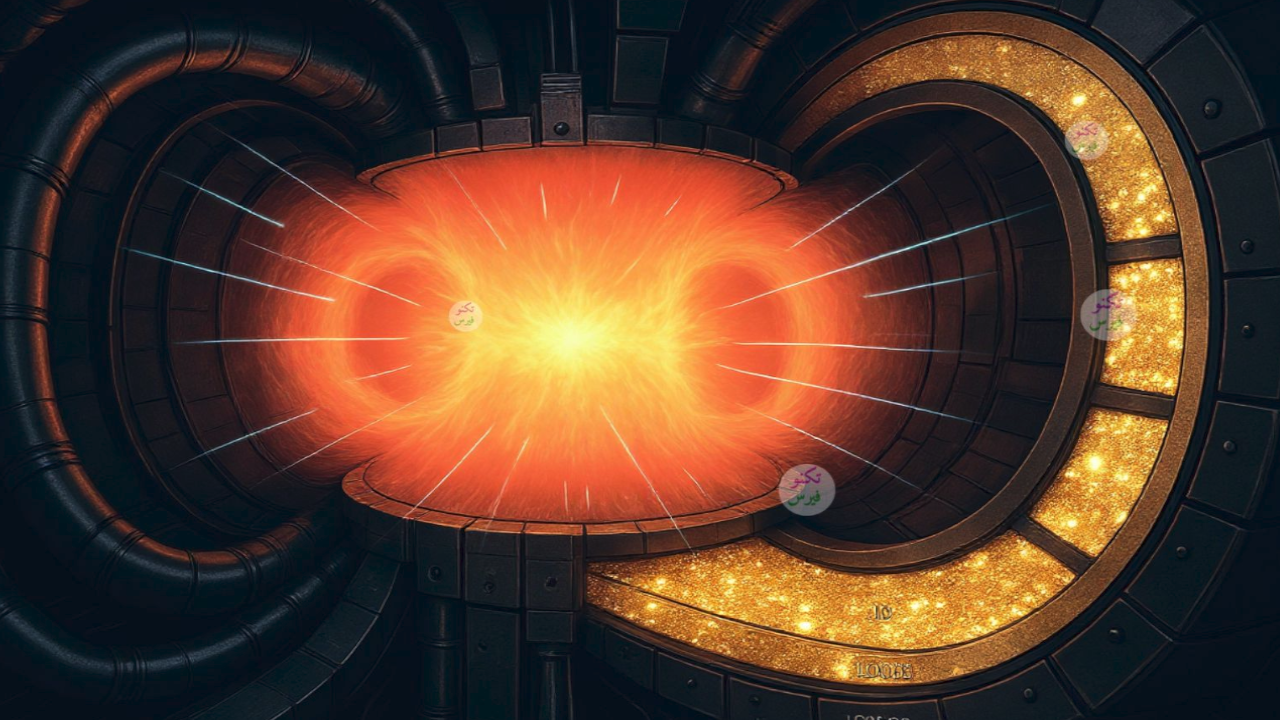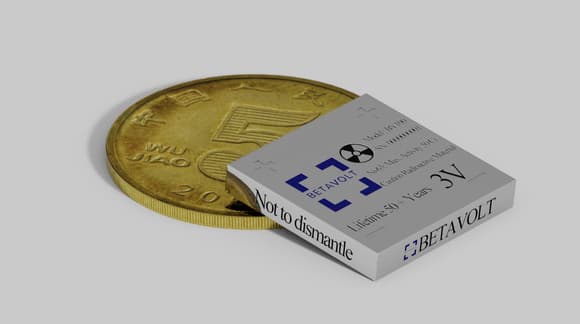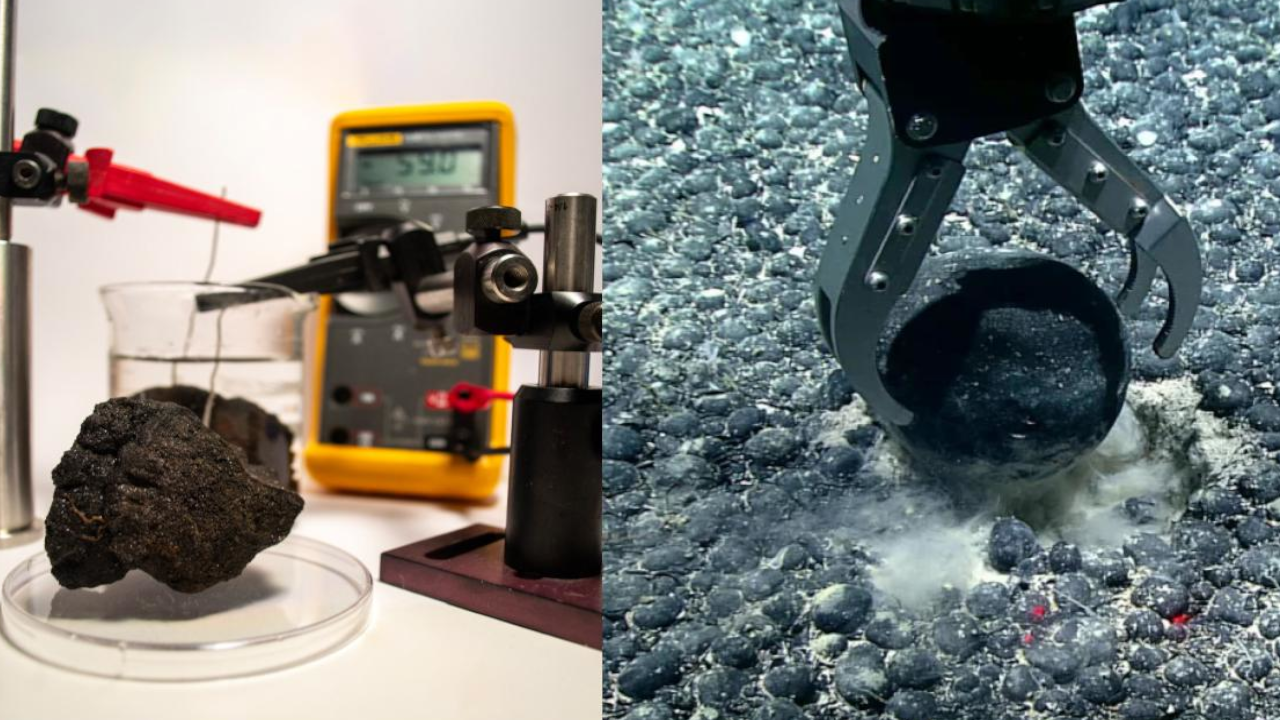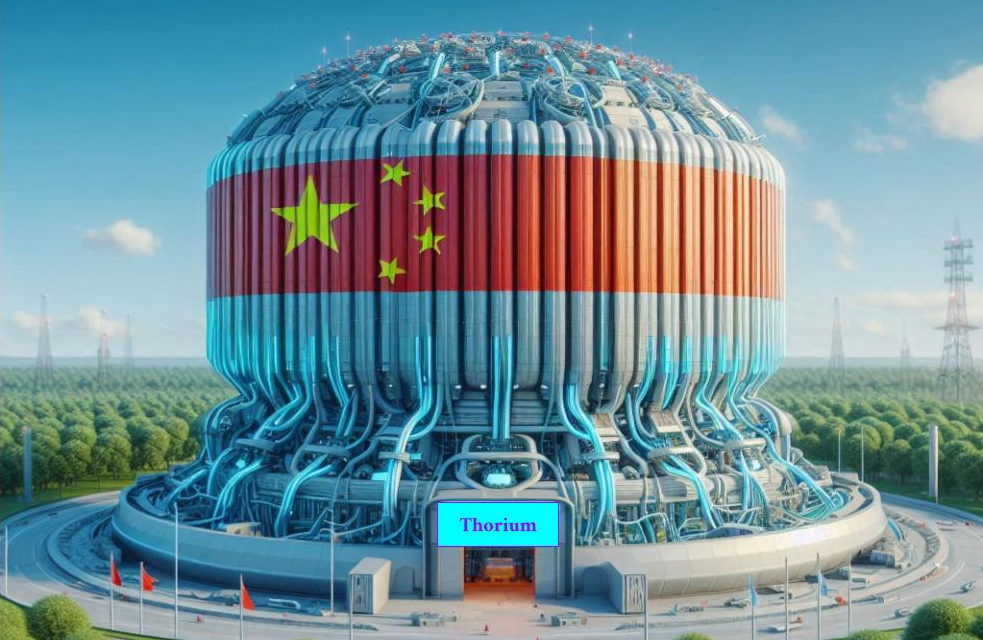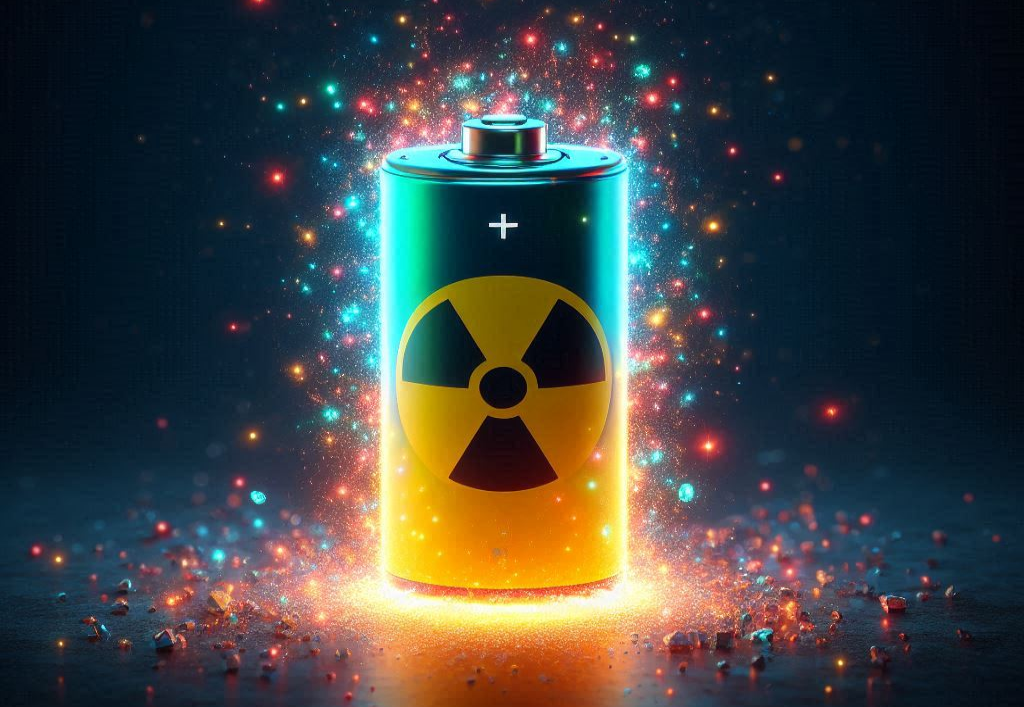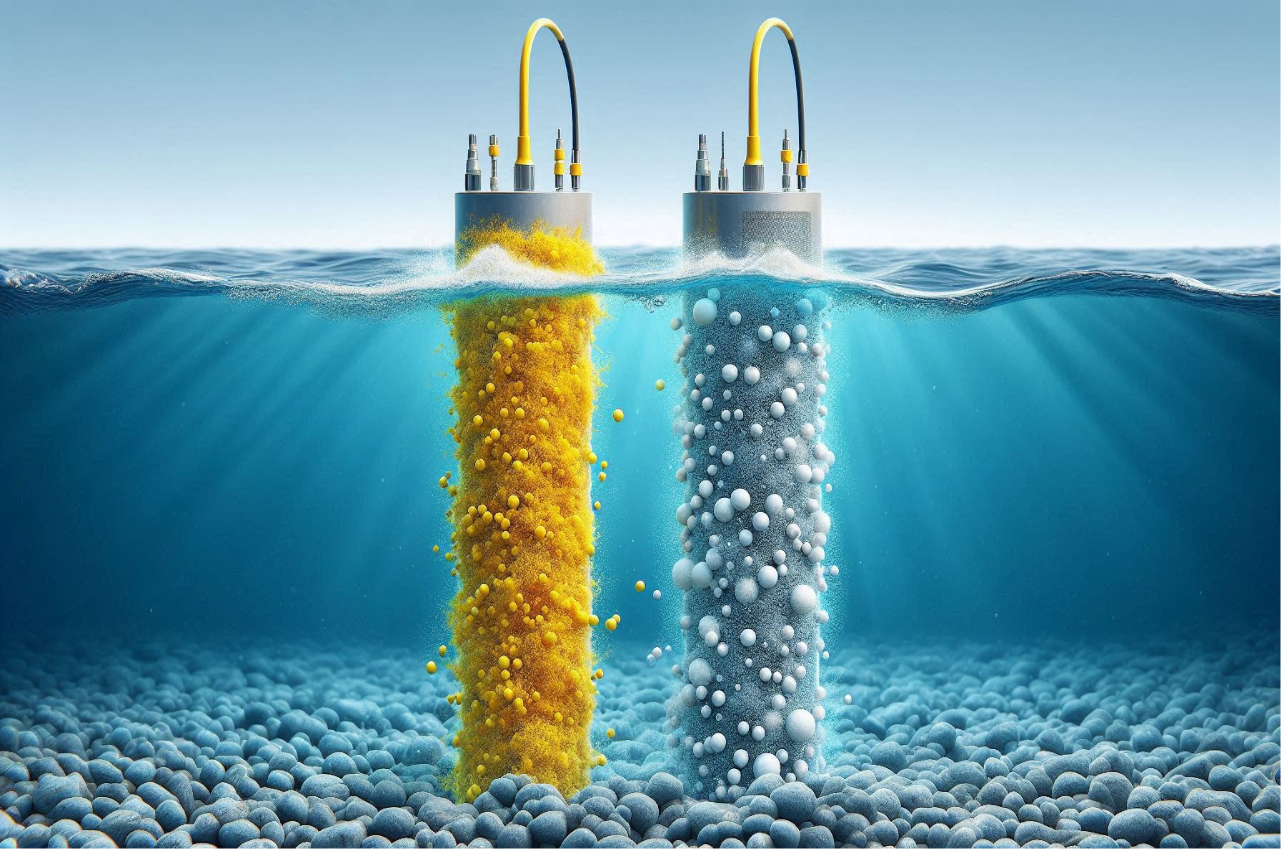Nuclear fusion reactors promise to deliver clean, abundant, and safe energy, but achieving and sustaining nuclear fusion requires raising the temperature of the plasma inside the reactor to very high levels, exceeding 100 million degrees Celsius. This heat is sufficient to vaporize the reactor's first wall if the hot plasma comes into contact with it.
Therefore, researchers are working to develop materials capable of withstanding extreme temperatures and radiation. Tungsten (W) is considered the ideal choice for this task, due to its high melting point, ability to withstand high temperatures and rapid cooling, in addition to its resistance to radiation resulting from the fusion reaction. However, tungsten suffers from brittleness in its structure, making it prone to cracking and failure under pressure, which poses an obstacle to its long-term use in fusion reactors.
The United States seeks to develop such a wall through the "CHADWICK" program (Creating Hardened And Durable fusion first Wall Incorporating Centralized Knowledge). The U.S. Department of Energy's Advanced Research Projects Agency (ARPA-E) recently awarded a $2.3 million grant to the University of Kentucky, to a team led by Dr. John Balk, Director of the Materials Science Research Area, to develop new materials that overcome tungsten's limitations and pave the way for commercial fusion energy.
Researchers at the University of Kentucky aim to design advanced composites based on porous tungsten alloys. They plan to combine tungsten with other metals, such as chromium (Cr) or tantalum (Ta), to produce more ductile and durable alloys while maintaining high melting points. To further improve the material's properties, they intend to fill the pores of the tungsten alloys with a highly thermally conductive ceramic material on a nanoscale. This innovative approach aims to facilitate the dissipation of radiation damage at the boundaries between the tungsten alloy and the ceramic material, thereby enhancing the overall resistance of the material.
By precisely controlling the composition and structure of these composite materials, the team hopes to build a "first wall" capable of withstanding the harsh conditions of a fusion reactor throughout the power plant's lifetime. If this research succeeds, it will represent a major step towards realizing the dream of clean and sustainable fusion energy.
It is worth noting that the plasma is not supposed to come into direct contact with the wall, but rather remain away from it due to magnetic fields that confine it.
